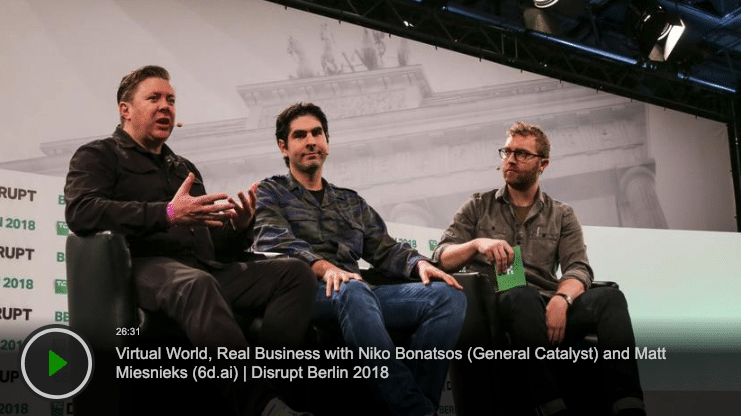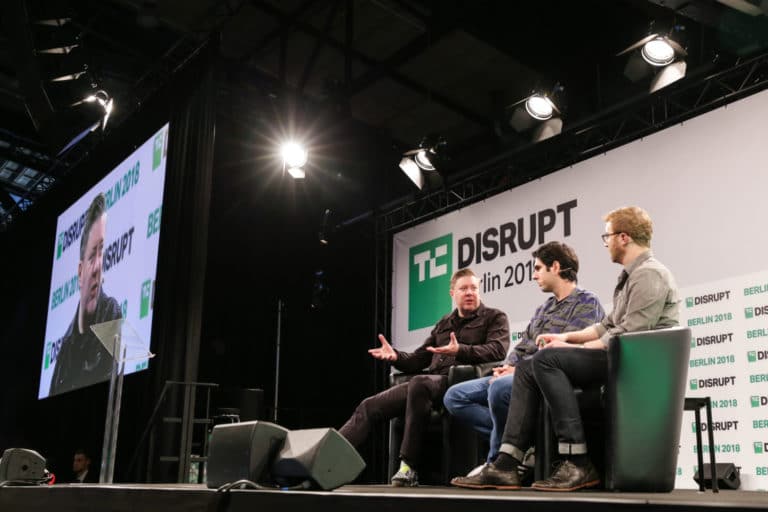
XR Talks is a series that features the best presentations and educational videos from the XR universe. It includes embedded video, as well as narrative analysis and top takeaways. Speakers’ opinions are their own.
A widescale realization in the XR world in 2018 was that AR doesn’t just automatically work the way you think it will. For all those little subtle functions that simulate realistic presence (occlusion, persistence, etc.), there’s a long list of really hard computational problems to solve.
Many of those problems will be addressed by the AR Cloud, according to AR thought leader and 6D.ai CEO Matt Miesnieks (see our past interview). Following our coverage of his VRARA Global talk, today we dive into his subsequent panel appearance at TC Disrupt (video below).
“If anyone has seen a Hololens or Magic Leap, one of the cool things is their ability to do mixed reality where content is occluded,” he said on stage. “That has always needed specialized hardware… We have software coming out of our research lab at Oxford University that lets a regular camera be able to build these models of the world at really large scale.”
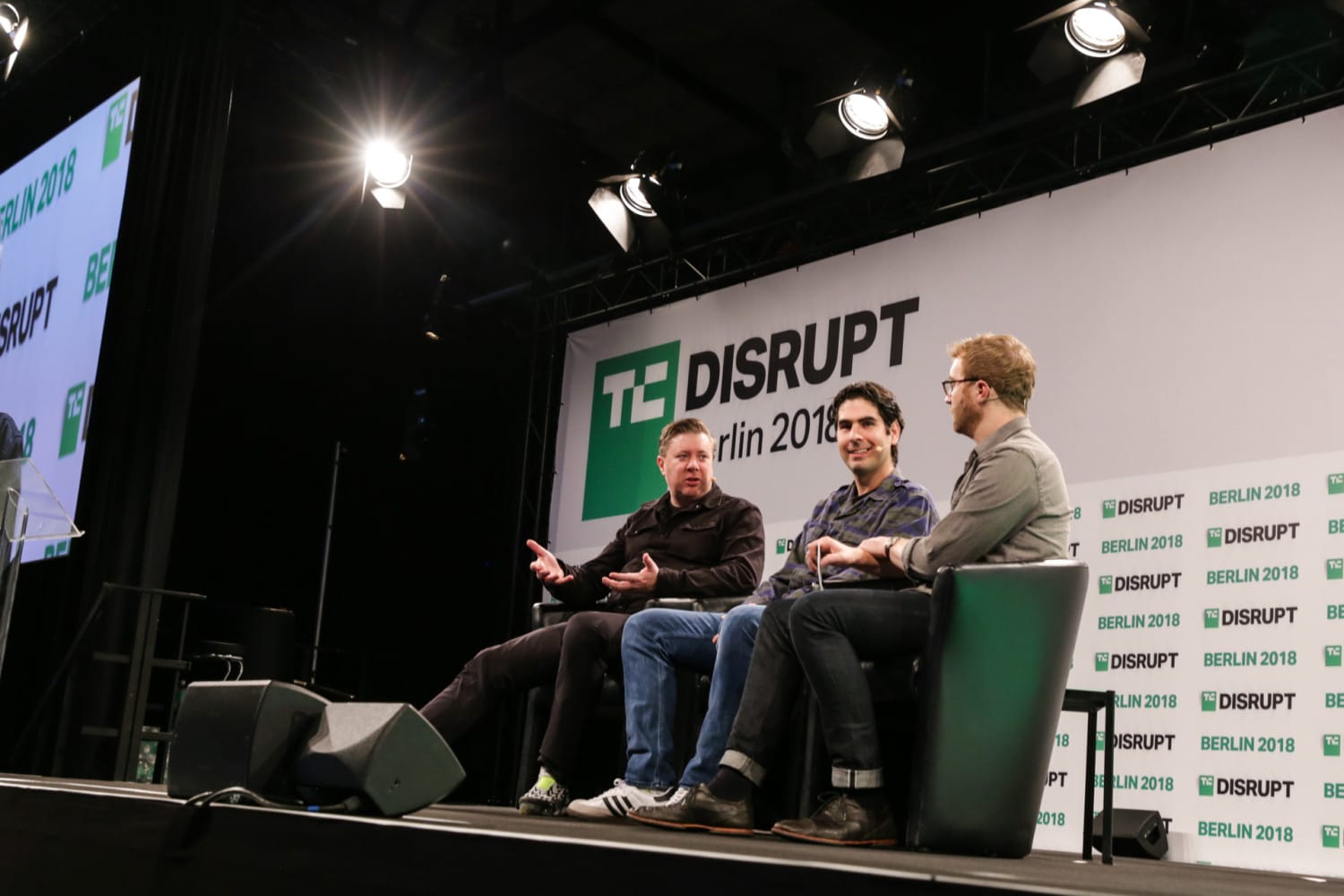
Another important market factor according to Miesnieks is the level of investment being made — albeit self-interested — by tech giants to pave the way for AR. As we examined in a recent report, this is a confidence signal in AR technology, and the market that will develop around it.
“From my point of view the fact that Apple, Google, Microsoft have made such big commitments to the space is very reassuring over the long term,” he said. “Similar to the smartphone industry ten years ago, we’re gradually seeing all the different pieces come together. And as those pieces mature, we’ll eventually over the next few years see it sort of coalesce into an iPhone moment.”
For example, ARCore and ARkit have laid the foundation for semi-advanced AR by democratizing its creation through easily accessible dev kits. But it’s just that… a foundation. Lots of other tech is evolving to take AR to the next levels of realistic immersion, such as neural networks.
“Apple and Google have ARkit and ARCore and doing sensor fusion between the lowest level of the software and the hardware,” said Miesnieks. “That’s driven by regular 3d maps and geometry, but newer research in neural networks has meant that a lot of that understanding of the world, combined with the older approaches, is getting really good results on commodity hardware.”
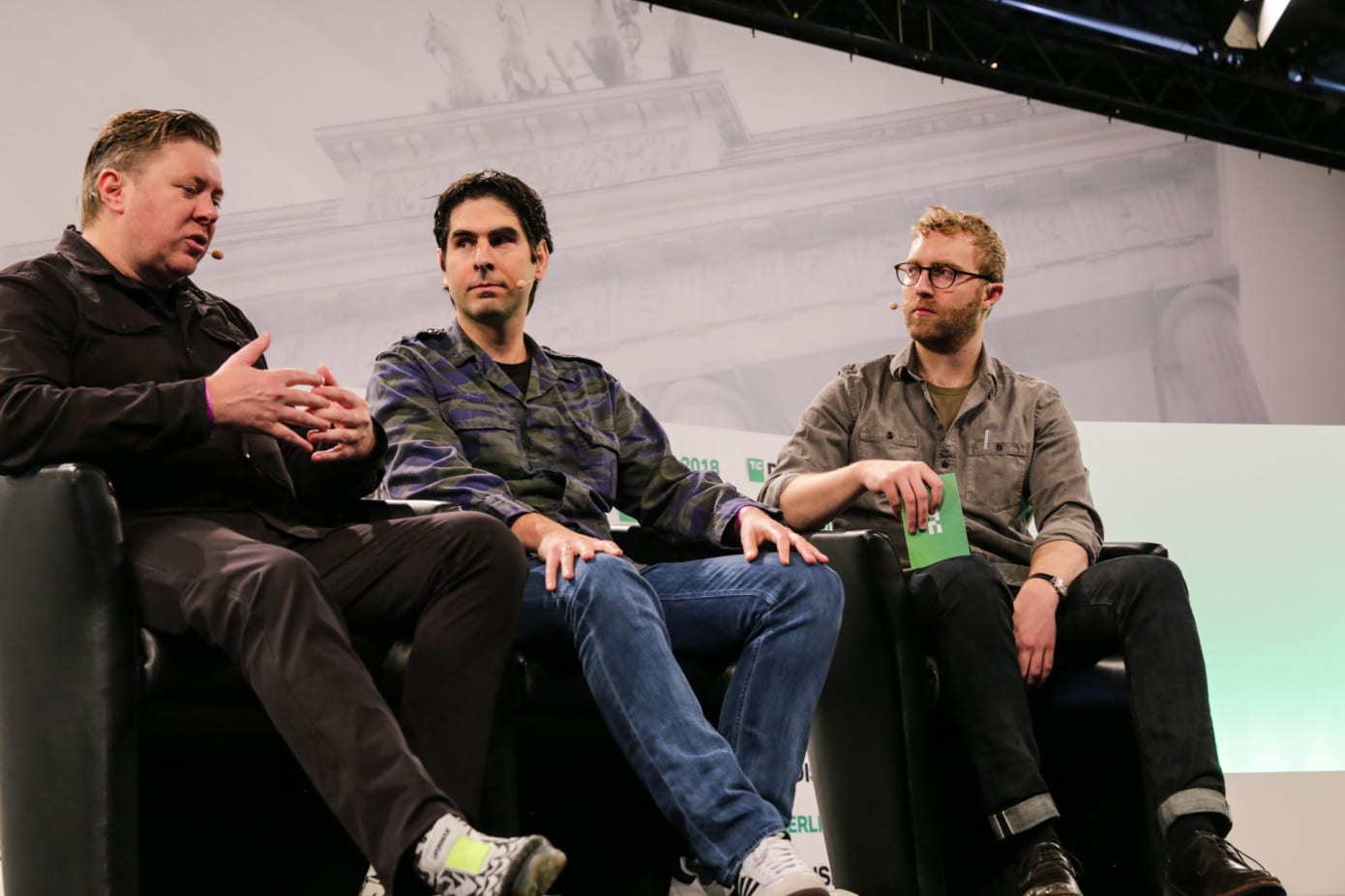
As for where all this is applied, 6D.ai is in advanced discussions with a wide range of industries and vertical use cases. That can range from enterprise productivity to consumer utilities (visually identify your arriving Uber) to gaming and theme parks. The demand is broad and deep.
“Pokemon has definitely proven that if you’ve got IP that’s a natural fit with the real world, then AR can enable some really compelling experiences,” said Miesnieks when pressed on specific use cases. “There’s media companies — everything from YouTubers to big theme park owners — who are saying ‘how do I let my characters and my content step out of the screen and be interactive’.”
Enterprise AR is also opportune, given proven ROI. But there are challenges, as we’ve examined. 6D.ai investor and General Catalyst managing director Niko Bonatsos says to approach it like enterprise software, a similar message we heard from Comcast Ventures’ Michael Yang.
“Have a deep understanding of the integrations required because bigger companies use lots of different types of software and have data in different types of databases,” he said. “How do you combine all that stuff?” It’s no different than building a traditional enterprise software business.”
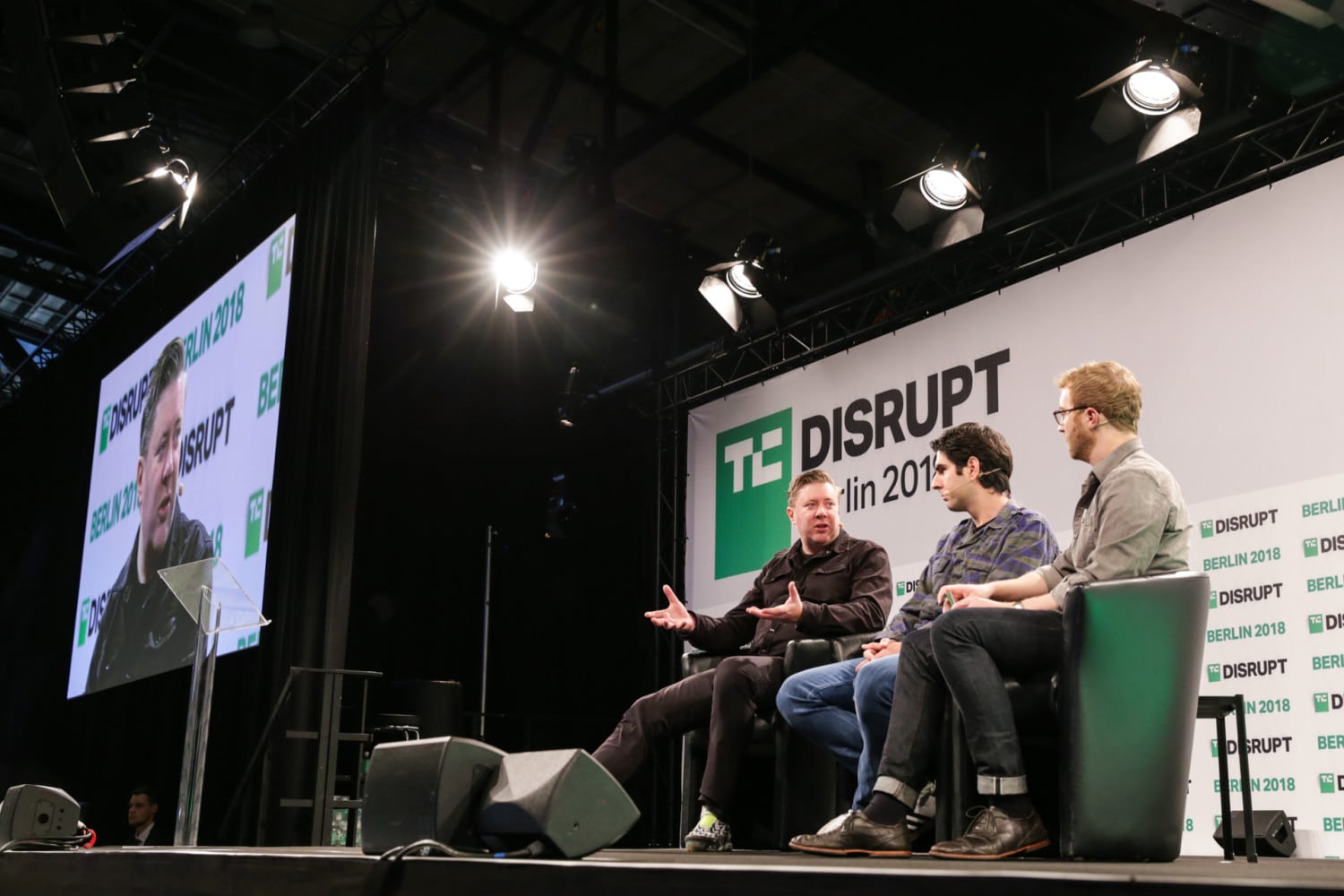
Privacy is another challenge that Miesnieks understands deeply. Given that the AR cloud is a potential privacy-minefield, 6D.ai has been careful to design its spatial maps so they aren’t human-readable, nor easily reverse engineered into dicernable images. But it’s also about user trust.
“Even if we do exactly what we think is right, and assume that we have good intentions, it’s a big grey area in lots of ways and we’re going to make mistakes,” said Miesnieks, “When mistakes happen, all that we’re going to be able to rely on is our values as a company and the trust that we’ve built with the community by saying ‘these are our values,’ then actually living up to them.”
Yet another challenge is China. Or rather, it’s a bit of a double-edged sword. Its cultural adoption of immersive tech is off the charts, but it’s also a market that’s difficult for Western companies to enter. That has a lot to do with cultural nuance/execution, and sheer supply-side saturation.
“Although in pure technology and product capabilities it’s roughly equal, the adoption of AR and VR in China is a whole different scale,” Miesnieks said. “Not just hardware manufacturers but regional governments are buying into it and setting up whole districts around AR and VR. But it’s difficult to come from the outside and succeed, not only is it alien but it’s also so competitive.”
Though he’s refreshingly realistic about the challenges, Miesnieks also balances a dose of cautious optimism, especially regarding AR building blocks. “I’m still really positive,” he said. “I don’t think anyone should be looking for some sort of big consumer hit product yet. But in enterprise, core tech enablers and some of the tool spaces, there are really big opportunities.”
See the entire panel discussion below.
For deeper XR data and intelligence, join ARtillery PRO and subscribe to the free AR Insider Weekly newsletter.
Disclosure: AR Insider has no financial stake in the companies mentioned in this post, nor received payment for its production. Disclosure and ethics policy can be seen here.
Header image credit: TechCrunch

